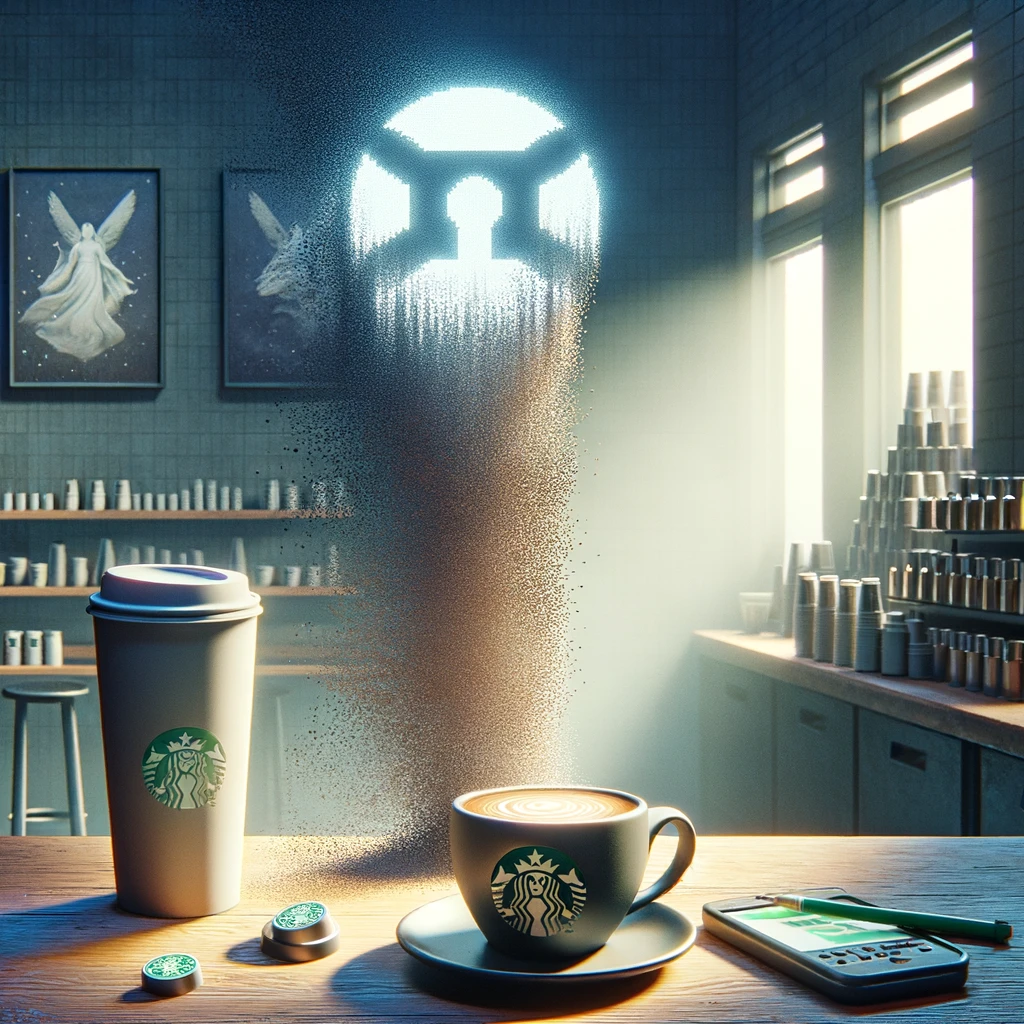Starbucks recently made headlines not for its seasonal lattes but for pulling the plug on its digital collectible venture. The coffee giant’s journey into the world of non-fungible tokens (NFTs), dubbed the “Odyssey Beta program,” has officially been ground to a halt. This program, which kicked off with much fanfare, allowed loyal java aficionados to collect digital stamps, akin to a high-tech version of their paper counterparts, but with a twist. These weren’t your grandma’s stamp collections; these were NFTs, the digital collectibles that have taken the tech world by storm, for better or worse.
A Bitter End to a Bold Experiment
The Odyssey Beta program was Starbucks’ foray into merging caffeine cravings with digital collectible culture. Participants in the program could rack up digital stamps by engaging in coffee-themed games and challenges. These weren’t just any digital doodads; they were your ticket to a new realm of perks and interactive coffee experiences. Imagine earning your next coffee not just by loyalty points but by digital achievements in the Starbucks universe. However, like all good things in the rapidly changing tech landscape, this innovative blend of coffee and crypto is coming to an end.
As of March 31, Starbucks enthusiasts will have to say goodbye to earning new digital stamps. The marketplace for trading these digital tokens of coffee love, along with the community discord server that likely buzzed with trade talks and coffee chatter, is also shutting down. For those deep into their digital stamp collection, there’s a silver lining. The Odyssey marketplace won’t vanish into the ether but will transition to the Nifty marketplace, allowing the trade, sale, and transfer of Odyssey stamps to continue.
The closure of Starbucks’ digital stamp initiative leaves many questions brewing. The coffee chain’s leap into the digital collectible space was a notable one, especially considering the timing. Launching in September 2022, the program found its footing amidst a tumultuous period for the cryptocurrency market. From the collapse of the Terra-Luna ecosystem to the downfall of Celsius and the FTX exchange, Starbucks’ NFT endeavor was a bold move in uncertain times.
Choosing a Sustainable Path
Starbucks’ choice of the Polygon network for its NFT program was a deliberate one, aimed at minimizing the environmental impact of its digital venture. In a world increasingly conscious of carbon footprints, the decision to opt for a proof-of-stake blockchain over the more energy-intensive proof-of-work models marked Starbucks’ commitment to sustainability. This move was in line with the broader industry’s shift towards greener alternatives, highlighting Starbucks’ attempt to balance innovation with environmental responsibility.
The coffee chain’s pivot away from NFTs and what lies ahead for its digital strategy remains as mysterious as the secret menu. Starbucks’ brief statement mentioned preparing for what’s next, suggesting that the end of the Odyssey Beta program might be the beginning of another chapter in its digital saga. However, details on what this next phase entails are as elusive as a perfect espresso shot.
The winding down of Starbucks’ NFT program reflects a broader trend in the tech and retail sectors, where companies are reevaluating their cryptocurrency and digital asset strategies. GameStop’s closure of its NFT marketplace and Meta’s discontinuation of NFT features on Facebook and Instagram signal a period of reassessment and realignment. Despite the current cooldown, experts in the Web3 space remain optimistic about the future of NFTs. Predictions for 2024 suggest a shift towards more practical and valuable applications of NFT technology, extending beyond the realm of digital art and collectibles into sectors like real estate and luxury goods.





